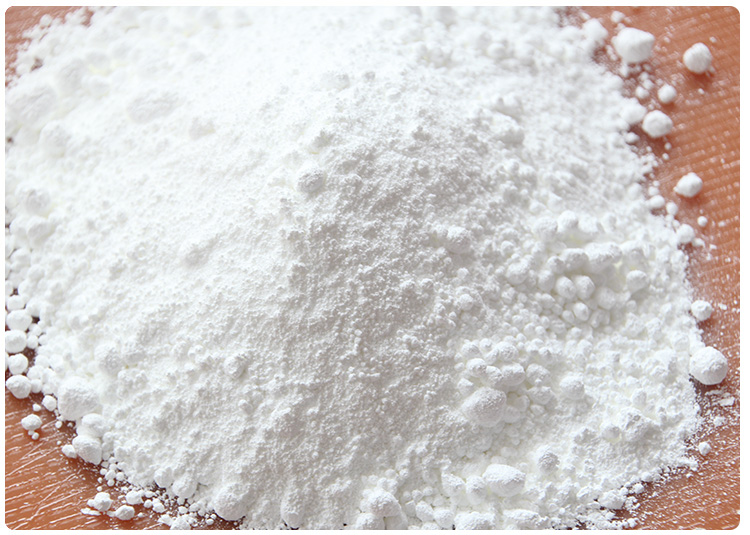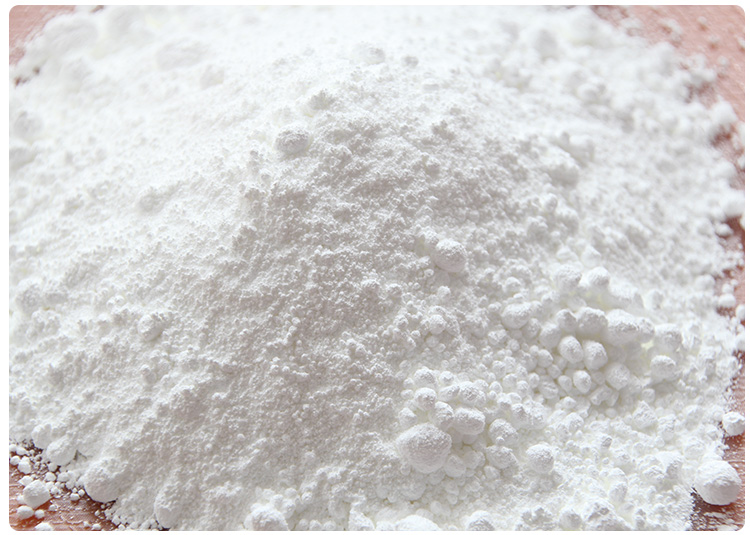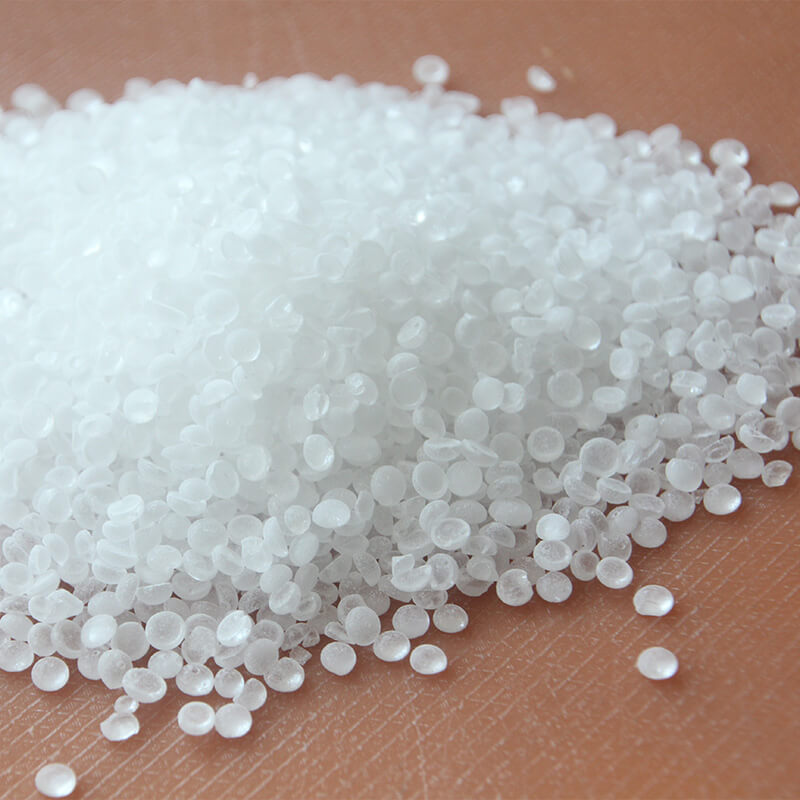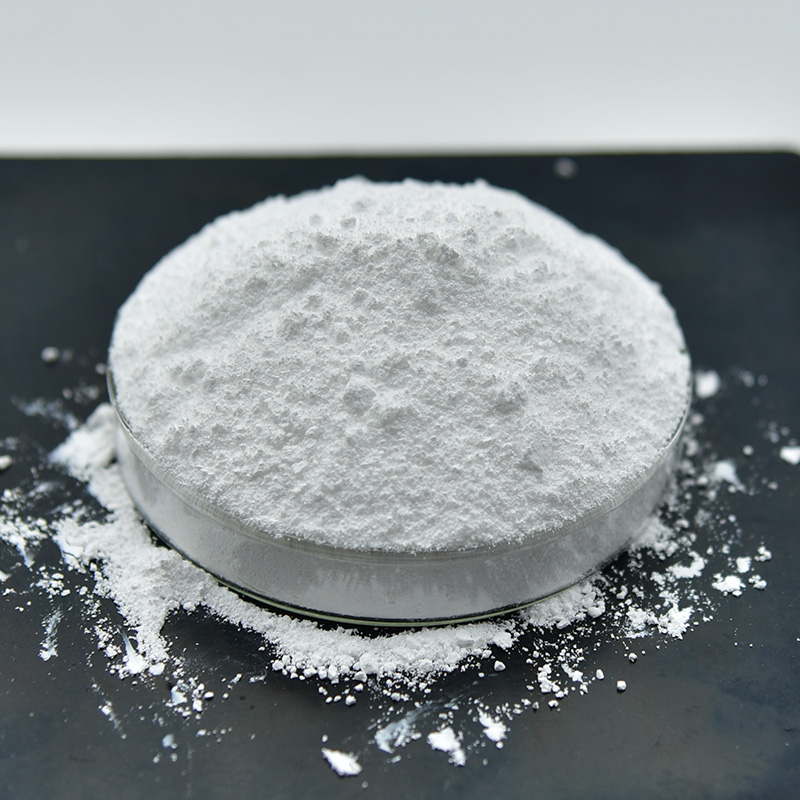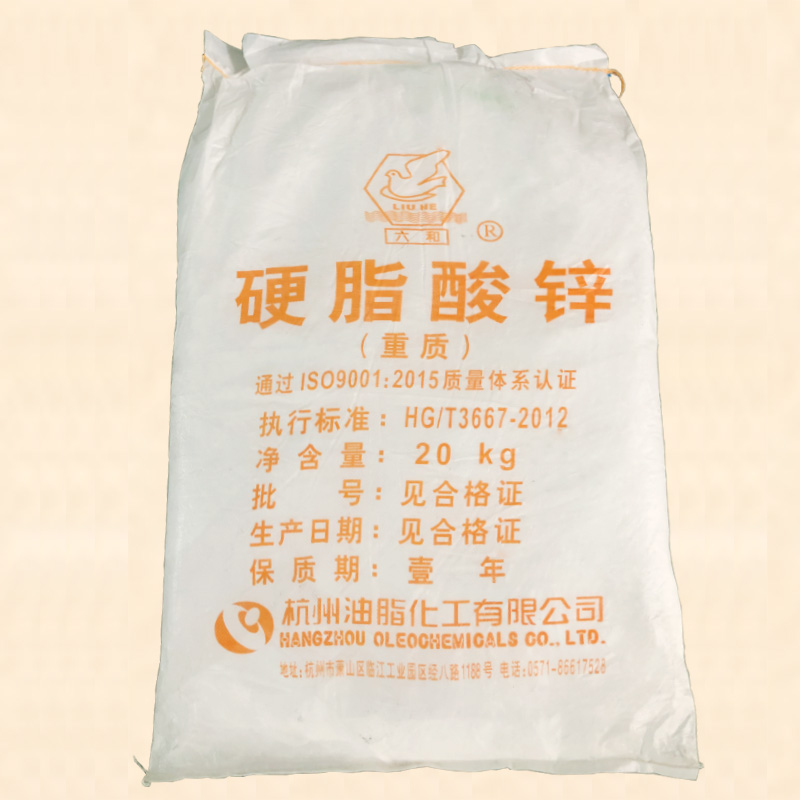Stearic acid and zinc oxide in rubber processing
- Mingpai
- 2024-07-19 14:45:30
In rubber processing, stearic acid and zinc oxide serve crucial functions:
Zinc Oxide (ZnO):
- Activator and Reinforcer: Acting as a key inorganic activator, ZnO accelerates the vulcanization process, enhancing cross-link density and thereby improving the physical and mechanical properties of rubber.
- Sulfur Vulcanization Enhancer: It reacts with stearic acid to form zinc soap, which not only increases the solubility of ZnO in rubber but also facilitates the formation of more soluble complexes with accelerator agents in the sulfur curing system, activating it for efficient vulcanization.
- Performance Enhancer: Zinc oxide improves thermal conductivity in rubber products like tires, aiding heat dissipation, and offers anti-microbial and UV resistance properties, prolonging the rubber's lifespan.
Stearic Acid (SA):
- Vulcanization Activator and Plasticizer: Serving as a sulfur vulcanization activator, stearic acid reacts with ZnO to form zinc stearate, vital for the vulcanization reaction. It also acts as a plasticizer, rendering rubber more pliable and easier to process, particularly in natural and synthetic rubbers.
- Process Modifier: By forming zinc stearate, stearic acid influences the vulcanization process, affecting the cross-link network formation and, consequently, the hardness, elasticity, and other physical properties of the rubber.
- Anti-blooming Agent: The right amount of stearic acid helps reduce the residue of unreacted accelerators in the rubber, preventing the surface blooming phenomenon, ensuring the aesthetic quality of rubber products.
Together, stearic acid and zinc oxide in rubber processing synergistically optimize the vulcanization process, enhance the physical performance of rubber goods, and facilitate their manufacturing process by acting as activators, modifiers, and performance enhancers.
